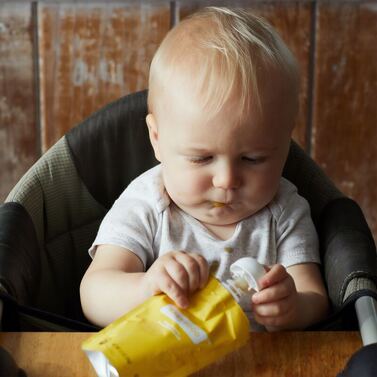Kim Berude is the Infant/Toddler Program Director at MCH. You can reach her here.
0 Comments
Nicole Champoux is the Elementary Program Director at MCH. You can reach her here.
|
Archives
May 2024
Categories |
|
Montessori Children's House
5003 218th Ave. NE Redmond, WA 98053 Phone: 425-868-7805 [email protected] For Records Requests, please reach out to [email protected]. |
Founded in 1987
|



 RSS Feed
RSS Feed
